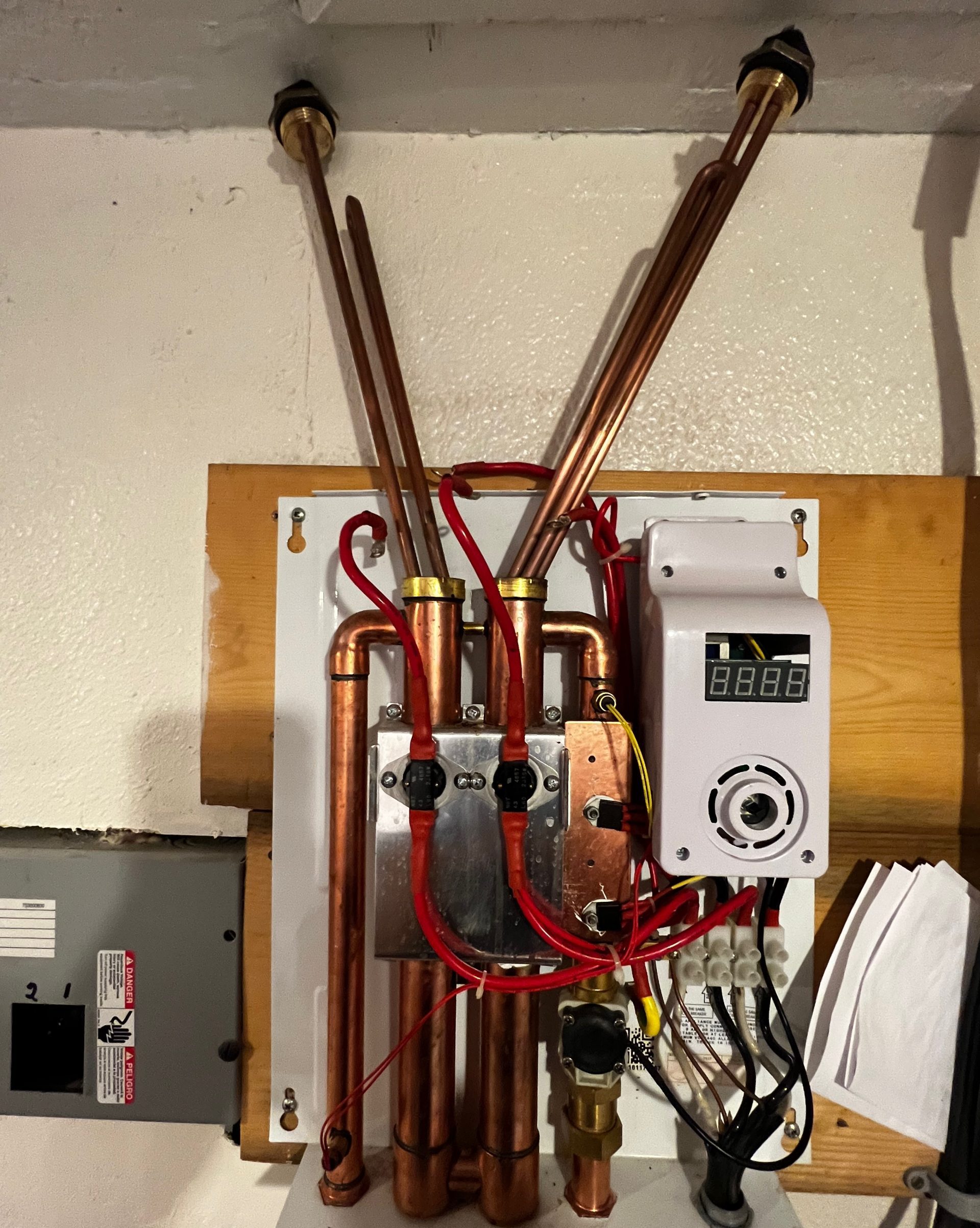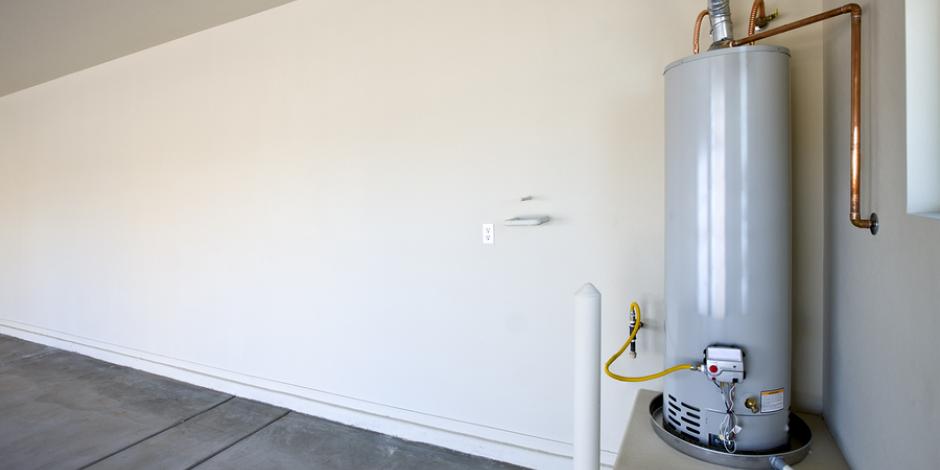Top Ways to Maintain Your Home's Hot Water System SuccessfullyImportant Care Strategies for Your Home's Hot Water System
Top Ways to Maintain Your Home's Hot Water System SuccessfullyImportant Care Strategies for Your Home's Hot Water System
Blog Article
The article further down relating to How to Maintain Your Water Heater & Prolong its Life is absolutely fascinating. Don't miss out on it.

Warm water is essential for day-to-day comfort, whether it's for a revitalizing shower or cleaning recipes. To ensure your warm water system runs effectively and lasts longer, routine upkeep is essential. This short article gives practical tips and understandings on just how to keep your home's hot water system to stay clear of interruptions and pricey repair work.
Intro
Maintaining your home's hot water system may appear difficult, but with a few straightforward steps, you can guarantee it runs efficiently for many years to find. This overview covers everything from recognizing your hot water system to do it yourself upkeep suggestions and knowing when to employ professional assistance.
Relevance of Maintaining Your Warm Water System
Normal maintenance not just extends the life expectancy of your warm water system but likewise guarantees it operates efficiently. Ignoring upkeep can result in reduced effectiveness, greater power bills, and even early failing of the system.
Indicators Your Hot Water System Requirements Upkeep
Recognizing when your hot water system needs attention can prevent major problems. Keep an eye out for signs such as inconsistent water temperature, unusual noises from the heating unit, or corroded water.
Recognizing Your Warm Water System
Before diving into maintenance jobs, it's handy to understand the basic components of your warm water system. Commonly, this consists of the hot water heater itself, pipes, anode rods, and temperature controls.
Regular Monthly Upkeep Tasks
Regular monthly checks can assist catch minor problems before they escalate.
Flushing the Water Heater
Flushing your hot water heater removes sediment accumulation, enhancing effectiveness and prolonging its life.
Checking and Replacing Anode Rods
Anode rods avoid corrosion inside the tank. Inspecting and replacing them when broken is critical.
Evaluating and Readjusting Temperature Level Setups
Readjusting the temperature setups makes certain ideal performance and safety and security.
Do It Yourself Tips for Upkeep
You can do a number of maintenance tasks yourself to maintain your warm water system in leading problem.
Checking for Leaks
Routinely evaluate pipes and links for leakages, as these can result in water damage and greater bills.
Testing Stress Relief Valves
Evaluating the pressure safety valve guarantees it works correctly and prevents excessive stress accumulation.
Insulating Pipelines
Protecting hot water pipes lowers heat loss and can conserve power.
When to Call an Expert
While do it yourself upkeep is useful, some issues call for expert knowledge.
Complex Concerns Needing Professional Aid
Instances consist of significant leaks, electric issues, or if your water heater is continually underperforming.
Routine Specialist Upkeep Perks
Professional upkeep can include complete inspections, tune-ups, and making sure compliance with safety and security requirements.
Final thought
Regular upkeep of your home's warm water system is vital for efficiency, long life, and cost financial savings. By complying with these tips and recognizing when to seek expert help, you can make sure a dependable supply of warm water without unexpected interruptions.
Water Heater Maintenance: The Basics
Maintaining your water heater will ensure it operates efficiently and has a longer lifespan. Neglecting regular maintenance can lead to costly repairs and an even bigger chunk of your savings if you have to replace it sooner than necessary. But there’s good news: Most water heater maintenance tasks are relatively simple and easy for homeowners with basic DIY skills.
Flush the Water Heater
Over time, sediment and minerals can build up in the tank, reducing its efficiency and potentially causing damage. To flush the tank, turn off the power or gas supply, attach a hose to the drain valve near the bottom and open the valve to drain the water until it runs clear. Ideally, flush the tank annually.
Replace the Anode Rod
The anode rod is a sacrificial metal rod that helps prevent corrosion inside the tank. Inspect and replace it every three to five years or per the manufacturer's recommendation. To replace the anode rod, turn off the power or gas supply, drain a few gallons of water from the tank, unscrew the old rod and replace it with a new one. If the anode rod is significantly corroded or covered in calcium buildup, it's a sign the water heater may need to be replaced soon.
Tune-Up
A yearly tune-up can help identify potential issues and ensure your water heater operates at peak efficiency. This typically involves checking the thermostat, burner assembly (for gas heaters) and any other components specified by the manufacturer. During a tune-up, the technician may also clean the burner and adjust the pilot light (for gas heaters) or examine the heating elements (for electric heaters).
How to Maintain Your Water Heater
Insulate the tank. Insulating the tank can improve energy efficiency and reduce heat loss, saving you money on energy bills. You can purchase precut insulation blankets designed specifically for water heaters or use standard fiberglass insulation wrapped securely around the tank. Check the temperature. The recommended water temperature for most households is around 120 degrees Fahrenheit (49 degrees Celsius). Higher temperatures can increase energy costs and potentially cause scalding. Use a kitchen thermometer to check the temperature at the faucet nearest the water heater. Monitor water pressure. Excessive water pressure can strain the water heater and cause leaks or even tank failure. Install a pressure-reducing valve if necessary. The ideal water pressure range is between 60 and 70 PSI (pounds per square inch). Test the temperature and pressure (T&P) relief valve. The T&P relief valve is a safety feature that releases pressure if the tank gets too hot or the pressure builds up too high. Test it annually by lifting the lever and allowing a small amount of water to release. Replace the valve if it doesn't release water or reseal properly. Check for leaks. Regularly inspect the tank, pipes and fittings for leaks or corrosion. Deal with issues promptly to prevent further damage. Even a small leak can lead to significant water damage over time. Consider a tankless water heater. If your traditional tank-style water heater is nearing the end of its lifespan ( typically 10 years), consider replacing it with a tankless water heater. These units heat water on demand, reducing standby energy losses and potentially saving you money on your energy bills. Schedule professional maintenance. While homeowners can perform many water heater maintenance tasks, it's still a good idea to schedule professional maintenance every few years. A plumber or HVAC technician can thoroughly inspect the unit, identify potential issues and ensure it operates safely and efficiently. https://www.homeserve.com/en-us/blog/home-improvement/hot-water-heater-maintanence/

I have been very drawn to How to Maintain a Hot Water Heater in a Few Simple Steps and I'm hoping you enjoyed reading the new blog post. Sharing is nice. Who knows, you might be doing someone a favor. We value your readership.
Schedule Appointment Now Report this page